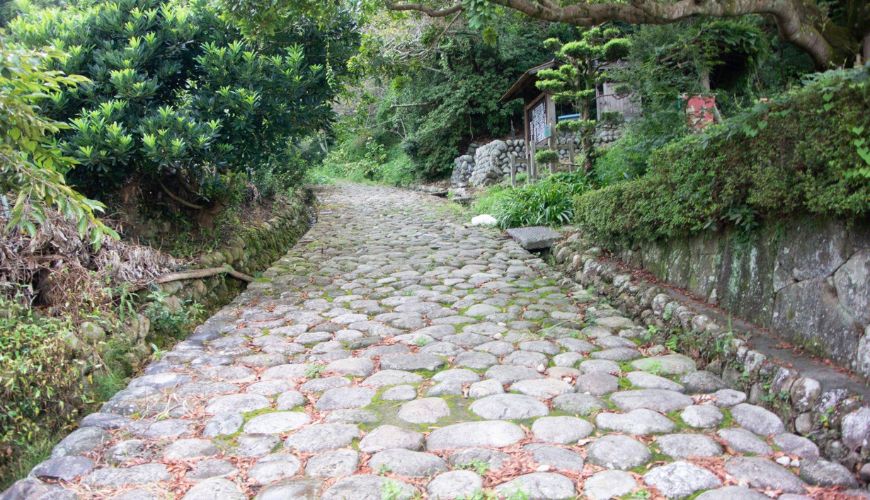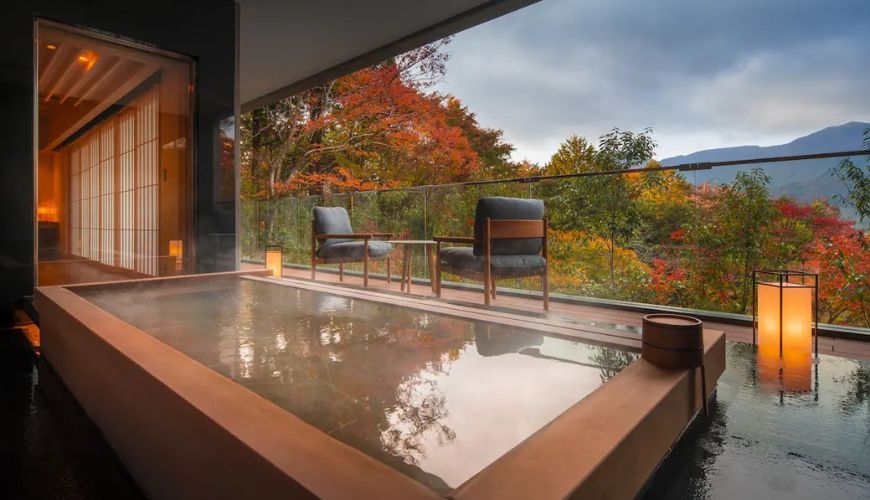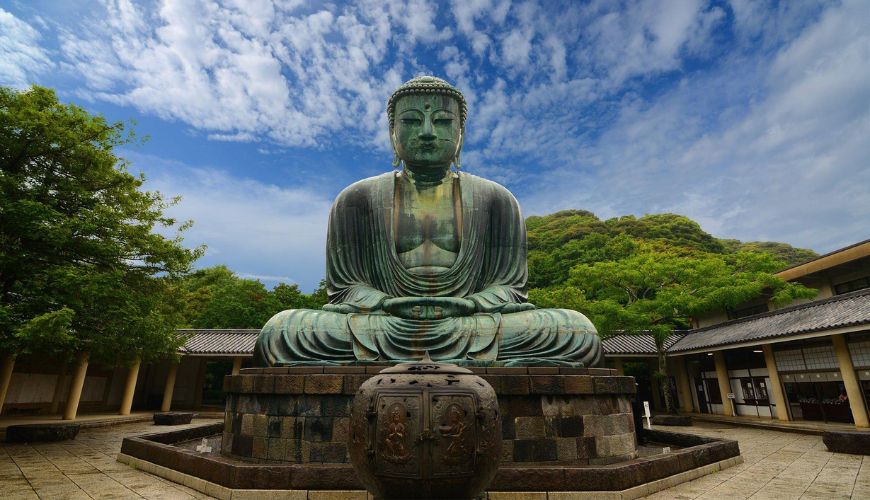Call Us: +1 315 998 1998
The Great Wave off Kanagawa, by Hokusai, is a masterclass in negative space, say my artist pals. If you're seeking a concise summary of Kanagawa, "Highlights of Kanagawa" is the book for you. It was a perfect way to characterize Kanagawa as the soothing counterpoint to the frenetic energy of Tokyo. Kanagawa is the perfect place to start your Japan travel guide since it is a more tranquil setting compared to the hectic metropolis. Kamakura, a tranquil seaside town, and Hakone National Park, a vast wilderness, await your exploration with My Way Travel's expert direction. With Tokyo a short train ride away, the prefecture may serve as a caesura, a location to reset and take a breather before continuing your journey.
rnSince 2016, I've been making annual trips to Japan but never to Mount Fuji. To be quite honest, it's beginning to seem intimate; yet I console myself by remembering that this is a typical occurrence. The stratovolcano is elusive and hard to see if weather conditions are just right.
rnThe air is fresh and clear (and freezing) between November and March, so if you want to view Fuji, that's when you should go. Hakone National Park is another recommendation of mine. The expansive grounds include the Enoura Observatory, which looks out over the ocean, the wooded hiking paths of the Fuji-Hakone-Izu National Park, and an outdoor sculpture museum. Those fortunate enough to see the mountain's signature profile may do so from established vantage sites. It's simple to pass the time here, taking in the scenery.
rnTo get your bearings, take the park's circulating circuit, which includes stops for a miniature railway, bus, gondola, and (no, really) a pirate ship. I'll buy you a Hakone Free Pass Ticket to let you ride all the public transportation options and see all the sights. If it's a clear day, you can see the mountain from the ship or gondola, and there are many museum stops along the route.
rnAlso, I recommend taking a trip along the Tokaido Highway. This flat route, still partially paved with the original stone, will lead you to Amazake Chaya, a teahouse in the same family for 400 years (and 13 generations).
rnStroll to the neighboring town of Hatajuku to look at some yosegi, an indigenous art form. You may find this elaborate wooden mosaic work on boxes and other containers. The region is so steeped in history and culture that you should hire a guide to shed light on the importance of the route and introduce you to colorful residents like the proprietors of the teahouses and a soba restaurant frequented by the locals. But if you'd rather go out and discover things independently, I can point you in the right direction and fill you in on the background details.
rnIf you'd like, I can also set you up with a private guide who can show you around the park on foot. Your guide will assist in route selection, and while you go, you will learn about the area's rich natural heritage.
rn
The steep Kanayazaka hill in Shizuoka is part of the old Tokaido Road that connected Tokyo and Kyoto.
rnNatural hot springs abound in the park thanks to the same geological processes that shaped Mount Fuji, and Hakone is home to some of the finest ryokan (traditional rustic inns) in all of Japan. Nothing is better than unwinding in the hot water of an outdoor onsen at a hillside ryokan after a day of climbing and exploring.
rnGora Kadan is undoubtedly the finest in the park, if not the whole nation. This lavish ryokan is located on the grounds of the royal family's country house, and it has private hot spring pools in many of the suites and breathtaking views of the park.
rnThe architecture here skilfully combines a contemporary sensibility with a reverence for nature and the Japanese aesthetic. To honor and celebrate the natural splendor of Hakone, much care and consideration went into the placement of every stone, window, and item of furniture. The extraordinary multicourse kaiseki meals are made with precisely seasonal ingredients and are prepared with the same careful attention to detail as the service.
rnI recommend Hakone Ginyu Spa Resort if you want a relaxing spa experience without spending an imperial fortune at Gora Kadan. The onsen and vistas are as breathtaking as the service, and the architecture is significantly more contemporary. You may also stay in the ultra-modern KAI Sengokuhara, a ryokan with streamlined, minimalist décor but traditional elements like extravagant kaiseki meals and displays of regional artwork.
rn Hoshino Resorts KAI Sengokuhara
Hoshino Resorts KAI Sengokuhara
After a restful night at your Hakone ryokan and a hearty breakfast, I recommend taking the swift train to Kamakura. This small beach hamlet was formerly the nation's capital during the 12th and 14th centuries. Many temples and shrines are scattered across the city since Buddhism spread quickly in Japan at that time.
rnYou may spend the morning alone touring the temples and shrines, but I recommend taking a guided tour to learn more about the significance of these places of worship. First, you'll visit Kotoku-in Temple, where the Kamakura Daibutsu, a bronze Buddha as tall as a three-story house, stands as the city's most famous and recognizable monument.
rnThen, your tour guide will take you to Hasedera Temple, where a towering wooden figure of Kannon, the Goddess of Mercy, stands watch over the grounds. It's one of the biggest in Japan, so it's worth seeing, but I'd go for the terrace overlooking the sea instead.
rnYou'll finish your journey on Komachi Street with a vermilion torii, a traditional Japanese gate. Small, trendy stores and various cafés, bakeries, and restaurants line the street.
rnI also know a local garden designer named Saori and can set up a meeting with her for you. She'll show you around some secret gardens that are only exposed to the public sometimes and teach you everything about the local flora. You won't only see the hidden sides of Kamakura; you'll also receive an education in Zen gardens' specific design and rituals.
rn Kamakura, Japan's Daibutsu (Great Buddha)
Kamakura, Japan's Daibutsu (Great Buddha)
Start thinking about your experience. These itineraries are simply suggestions for how you could enjoy some of the same experiences as our specialists. They’re just for inspiration, because your trip will be created around your particular tastes.
Start thinking about your experience. These itineraries are simply suggestions for how you could enjoy some of the same experiences as our specialists. They’re just for inspiration, because your trip will be created around your particular tastes.
Tell us about your plans and one of our specialists will plan a unique trip for you…
Can’t get any ideas for you next trip? Let TripAdvisor help you!
Find something else special